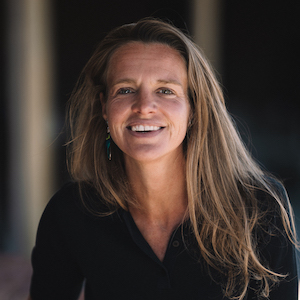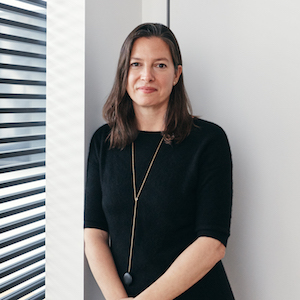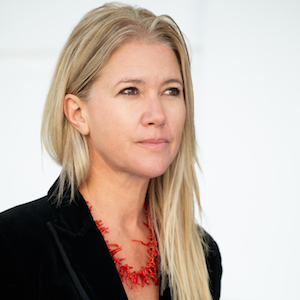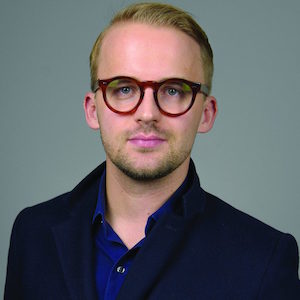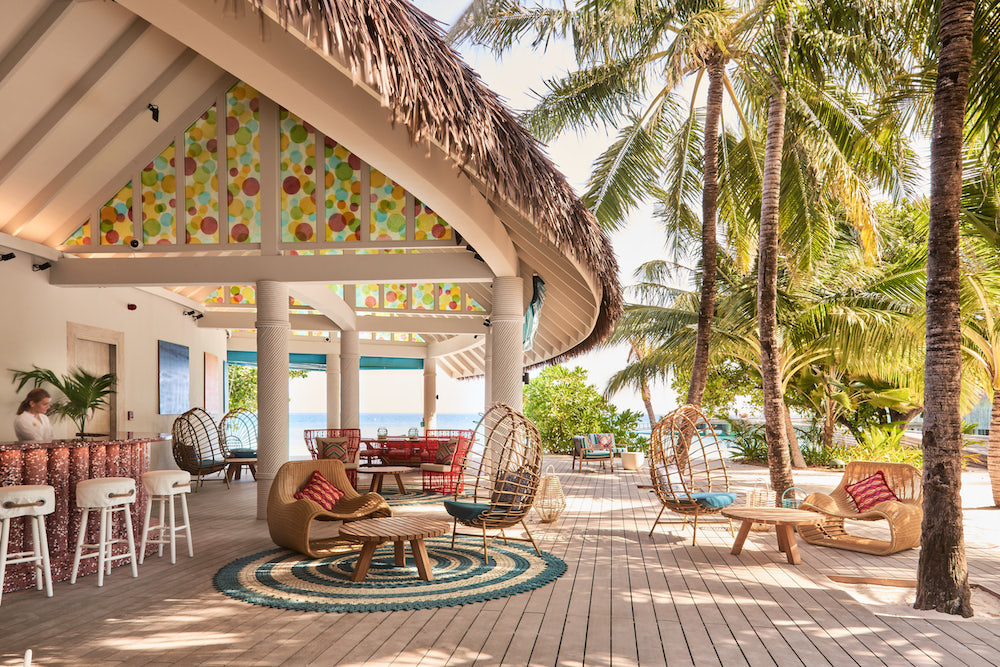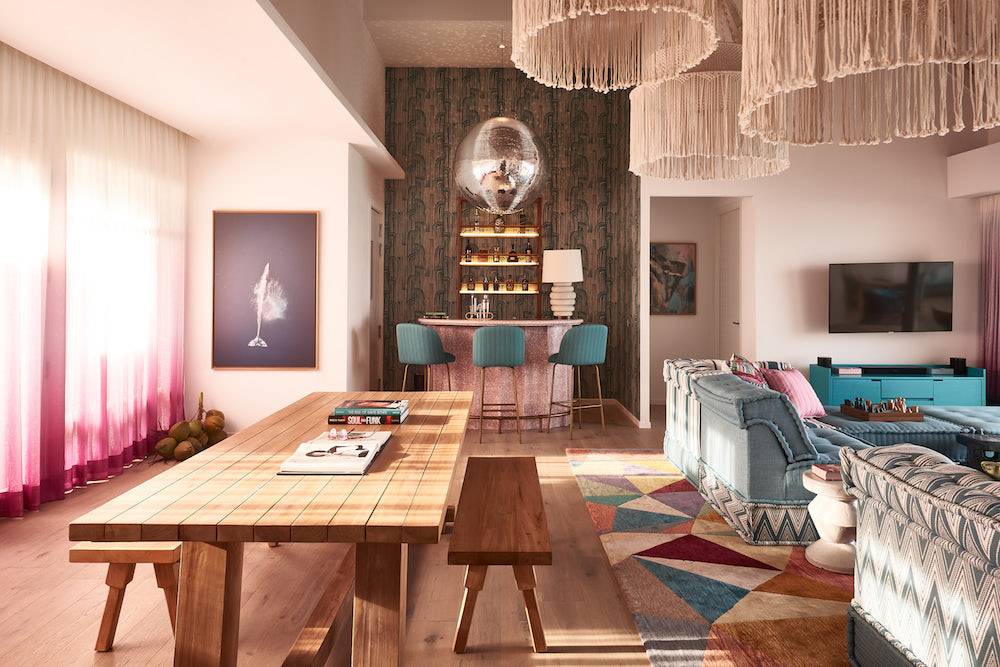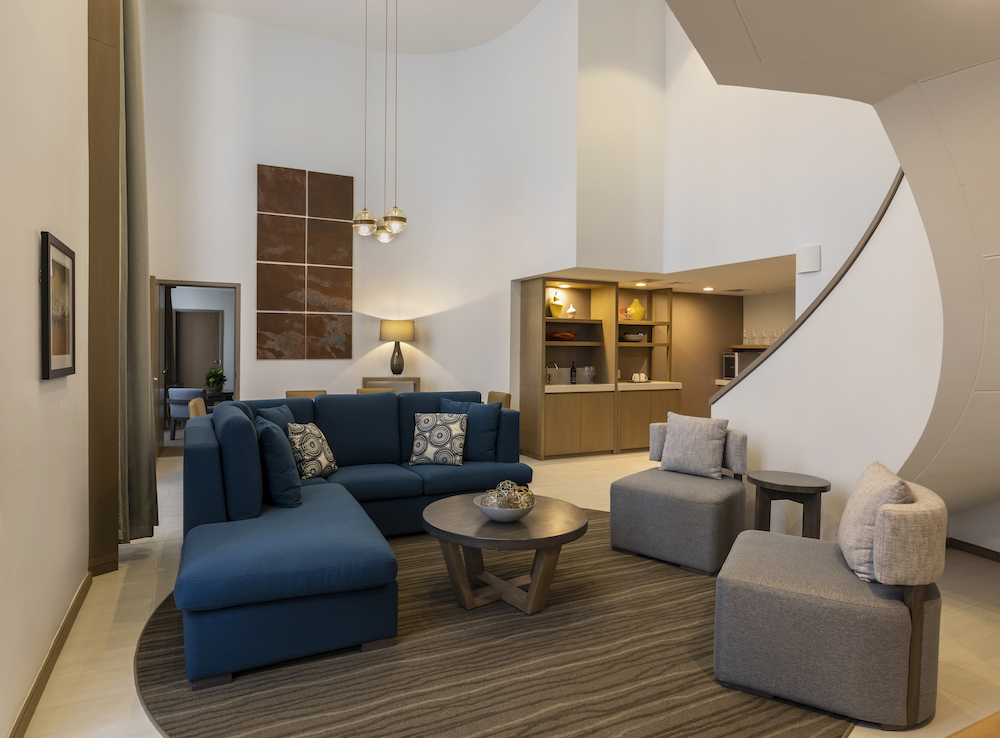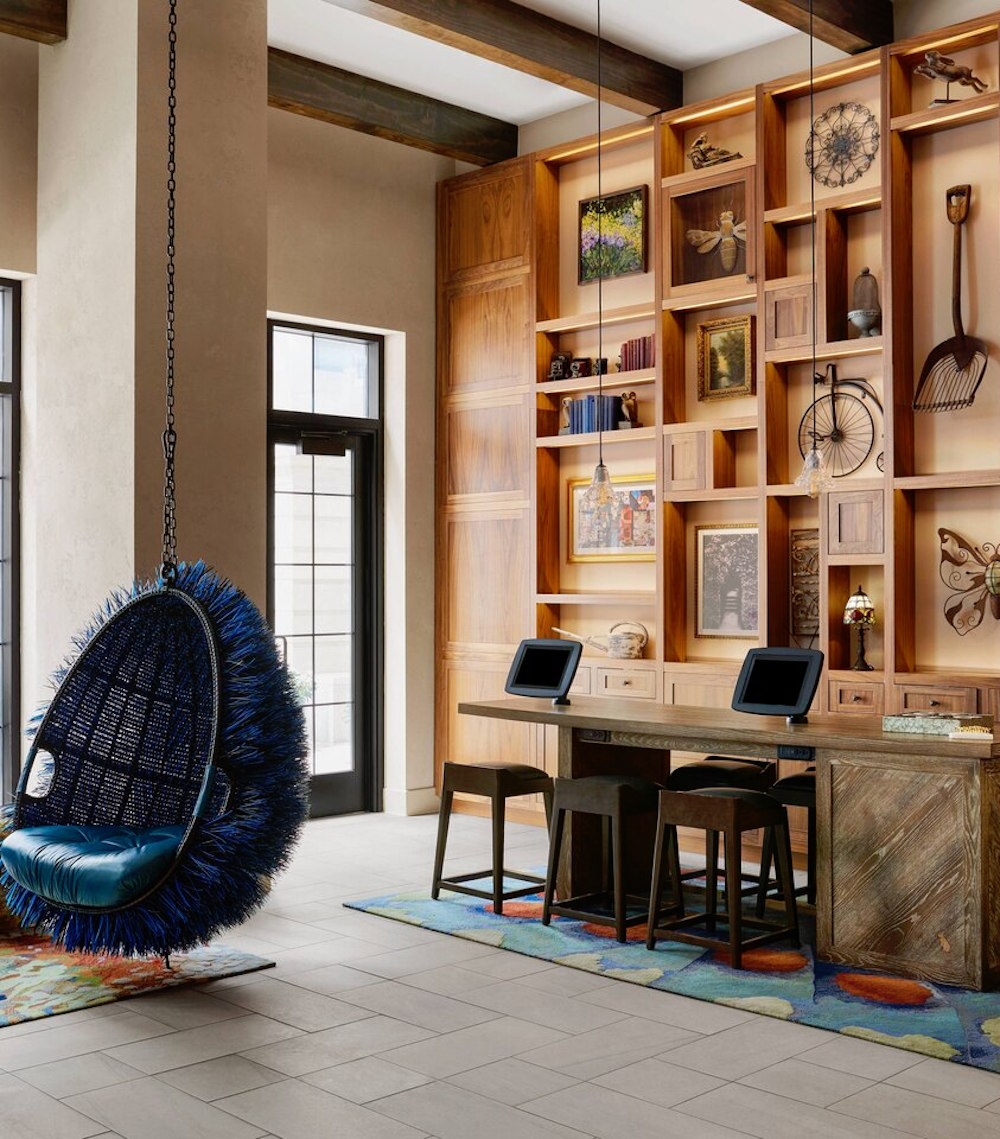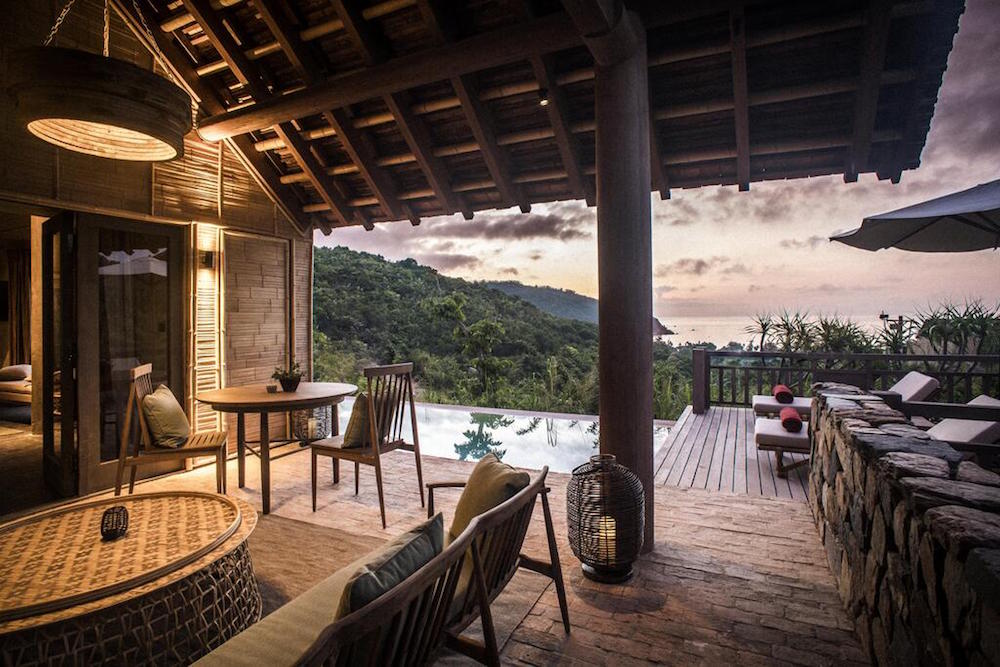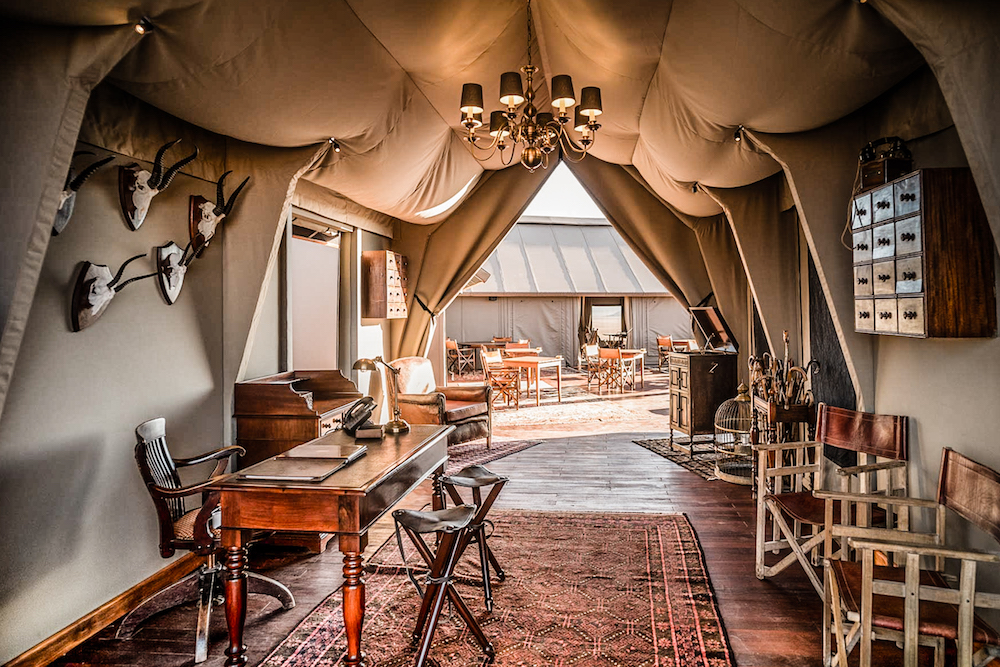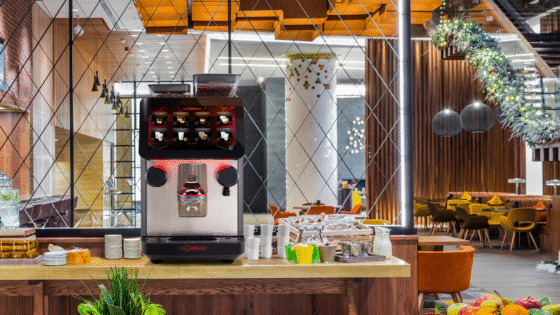As we enter what is no doubt going to be considered as ‘a new era of lifestyle’, Hotel Designs, in association with flooring brand Milliken, welcomes world-leading designers from around the globe to explore how the lane for lifestyle in hotel design and hospitality is widening. Editor Hamish Kilburn chairs the discussion…

As hospitality plans to emerge from its forced hibernation, Covid-19 is not the only factor that is evolving the hotel design and hospitality landscape. Long before the pandemic was declared, hotel groups globally were launching new ‘lifestyle’ brands that would, we were told, be designed for the modern traveller – the emphasis on ‘experience’ was greater and with this the public areas were given the starring role in the overall hotel production.
But recently, following the cultural shift of the Covid-19 crisis – with public areas coming under scrutiny, specifically in lifestyle hotels, as to whether or not they can shelter social distancing – where we go next in the hotel design chapter of ‘lifestyle hotels’ is somewhat unclear.
With the aim to understand more about the future of this growing sector hospitality, we gathered a handful of the industry’s finest to explore how we can indeed raise the floor in lifestyle.
Meet the panel:
- Damien Perrot, Global Senior Vice President Design, Accor
- Geraldine Dohogne, Founder, Beyond Design
- John Paul Pederson, Senior Associate and Senior Designer, Wimberly Interiors
- Sara Duffy, Principal, Stonehill Taylor
- Rajiv Parekh, Founding Partner, reD Architects
- Inge Moore, Founder, Muza Lab
- Karen Burt, EMEA Strategic Accounts Director, Milliken
- Kate Collier, Marketing Communications Manager, Milliken
- Karen Burt, EMEA Strategic Accounts Director, Milliken
- Kate Collier, Marketing Communications Manager, Milliken
- Geraldine Dohogne, Founder, Beyond Design
- Sara Duffy, Principal, Stonehill Taylor. | Image credit: Blaine Davis
- Damien Perrot, Global Senior Vice President Design, Accor
- Inge Moore, Founder, Muza Lab
- John Paul Pederson, Senior Associate and Senior Designer, Wimberly Interiors
- Rajiv Parekh, Founding Partner, reD Studio
HK: What was happening in the lifestyle hospitality arena pre-pandemic?
Damien Perrot: Lifestyle before Covid-19 started in the year 2,000 when lots of new businesses appeared. We can see in the hospitality sector new brands that addressed the evolution of society and how people lived. Since then, a variety of brands have been created which, I must say, are in line with the evolution of technology.
More recently, For Accor, for example, development increased by 22 properties from 2017 to 2020. There is a big demand for lifestyle hospitality!
Igne Moore: The lines between three-star to five-star hospitality have become blurred. I see that as a positive, because now design is just so important. Social media has really made design accessible, and dare I say it ‘fashionable’.
- Image caption: An open-air public area experience at Seaside Finolhu in the Maldives, conceived by Muza Lab. | Image credit: Seaside Finolhu/Brechenmacher & Baumann
- Image caption: A suite inside Seaside Finolhu, designed by Inge Moore, Muza Lab. | Image credit: Seaside Finolhu/Brechenmacher & Baumann
John Paul Pederson: We have clients who ask us where is the Instagram moment is in the design scheme. As we all sit here in our homes, that’s how we are currently connecting to the rest of the world. It would be wrong to ignore social media and its influence when designing lifestyle hotels.
IM: That’s the challenge, to make something stand out without making it feel curated. So many of these words and terms – timeless, effortless, of place – are used by all the other brands.
“I completely believe that this lifestyle hospitality that was emerging pre-pandemic will return after Covid in a stronger capacity.” – Geraldine Dohogne, Founder, Beyond Design.
Sara Duffy: One thing that’s really interesting is that pre-Covid we were seeing the micro room becoming popular. And with Covid that completely changed, because the micro room concept is that you are spending very little time in your room and instead experiencing the public areas. That quickly reversed as Covid-19 entered the world. That was interesting. We never had more work than in 2020. The younger traveller can’t afford to check in to The Ritz, for example, but they do not want their experienced compromised. What’s interesting to me is understanding what luxury means to them, which could be beautiful design, a great interaction with the receptionist.
Image caption: A suite inside Hyatt Regency Houston, designed by Stonehill Taylor
“The modern consumer wants to be able to use technology to curate their own experience.” – Rajiv Parekh, Founding Partner, reD Architects
Rajiv Parekh: The spaces that are designed centric are definitely getting more attention and the consumer is certainly now wanting a different experience. The modern consumer wants to be able to use technology to curate their own experience, especially when demands are becoming more specific.
Geraldine Dohogne: Things in the UK are starting to opening up and what I’m noticing is that we want to partake in these hospitality experiences together. I completely believe that this lifestyle hospitality that was emerging pre-pandemic will return after Covid in a stronger capacity.
DP: Even throughout the Covid-19 period, the most successful hospitality brands are the lifestyle hotels, because despite hygiene being more of a focus than ever among consumers’, people just don’t want to be alone.
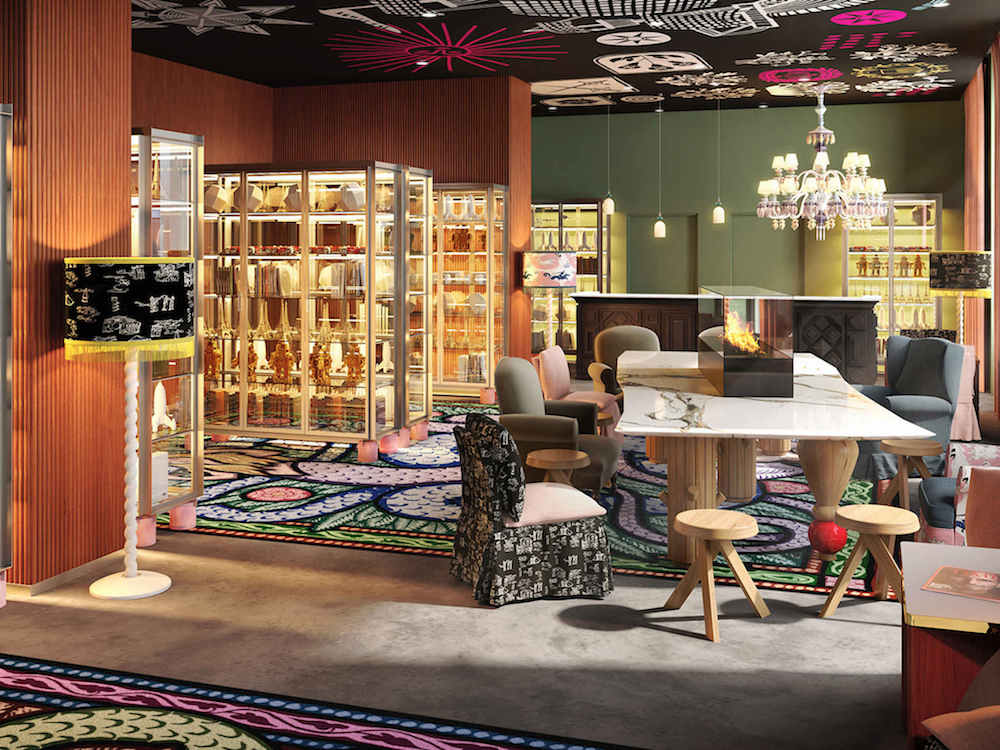
Image caption: A render of Mama Shelter in Rome by Accor
HK: Branding has become savvier than simply slapping a logo across a hotel entrance… How are lifestyle hotels cleverly portraying their brand identity?
GD: As you were saying, branding is an identity and not a logo. It goes more into feeling and the senses. Design has to be linked to scent, atmosphere and the people that bring it all together. We can have the most beautiful building with a powerful brand but if the staff don’t follow then it can all crumble.
John Paul Pederson: In so many ways, brands are becoming ‘anti brands’. With the projects we have worked on, it is becoming less about the brand and more about the service. From Four Seasons to Mandarin Oriental and Moxy Hotels, all of them have brand standards but what we are seeing is that the ‘brand’ is becoming less important – and it is more about the unique, crafted experiences the hotel is able to offer. Therefore, it’s the unique, little touches that we find end up identifying the brand.
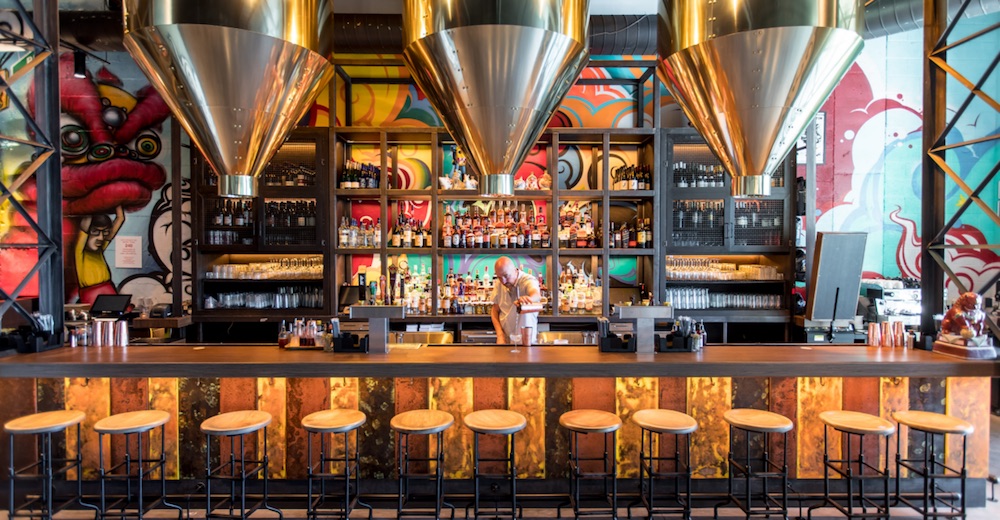
Image caption: Hotel 50 Bowery, designed by Wimberly Interiors
HK: Just how involved do you get to decisions outside of what would be considered ‘design’?
JPP: For us, it’s tricky and depends on the project. We have worked on projects where it is down to the fork, the napkin and the staff’s uniform. For other projects, we are less involved. What we really strive to do as a studio is set the tone at the beginning. When you do this as a designer, it’s then not just about interior design.
SD: We also try to help come up with these experiences. We will set up these strong concepts but also really help the client carry them through in other areas. One project that is a great example of this is the Marriott Renaissance Chelsea here in New York. The hotel had a ‘secret garden’ concept, so we actually incorporated bunnies in the design detail throughout the hotel, either engraved at the bottom of the reception desk or hidden somewhere in the rooms. Those are the projects we all love because then we are engaged in the project from the beginning and can carry it through in the interior design decisions.
- Image caption: The Renaissance New York Chelsea Hotel, designed by Stonehill Taylor
- Image caption: The Renaissance New York Chelsea Hotel, designed by Stonehill Taylor
HK: Where is the line between luxury and lifestyle?
GD: I do wonder whether lifestyle is not the new luxury, because I believe that the ‘lifestyle/luxury’ consumer checking is younger in 2021 than he/she was 10 years ago. Modern travellers have experienced the world and what they have not seen in person they have seen on social media. Previously, luxury was defined by the price of a room. Now I would qualify luxury as lifestyle and an experience.
SD: I recently stayed in a small hotel in Charlottesville in West Virginia with my family. It was beautiful and not typical ‘luxury’ but everything had been touched. The people were fabulous and the way you moved through the hotel was an experience. Most importantly, we felt it had been paid attention to. It’s that design and service working together which is so important.
“I also want the hotel to have the ability to phase out of Covid.” – Sara Duffy, Principal, Stonehill Taylor.
HK: Sara, you mentioned micro rooms earlier, and how public areas were impacted as a direct result of the pandemic. What do designers need to think about in order to sensitively design zoned areas and create boundaries in public areas?
SD: I think it’s incredibly difficult because I don’t want to design a lobby with two seats in it, and I also want the hotel to have the ability to phase out of Covid. The key right now is flexibility, and the ability to make these various socially distant solutions work for brands now. We have also tried to create intimate spaces within these wider areas, which is I think the new challenge we are facing this year.
IM: If nothing else, we have learned that you want to be part of a group. You want to be there but also be safe. Furniture layout has become more important than ever before.
“In terms of design, do not change the way in which we design a hotel. I am sure that designing a lifestyle ‘Covid-friendly’ hotel will not work!” – Damien Perrot, Global Senior Vice President Design, Accor.
DP: You will never go to a restaurant to stare at four plastic walls – you would rather stay at home. Let’s just design the hotel and the public areas. Covid-19 is terrible but the best thing to do is something that is protocol-based that feels operational because that, fundamentally, can be lifted easily. In terms of design, do not change the way in which we design a hotel. I am sure that designing a lifestyle ‘covid-friendly’ hotel will not work!
With that said, I would say that designing boundaries and using flooring and lighting to do this is something that we should certainly be looking at. On top of that, creating a specific atmosphere in a space that has no walls is a challenge and what the team at Milliken is doing could really help to support the way we are designing these spaces in the lifestyle sector.
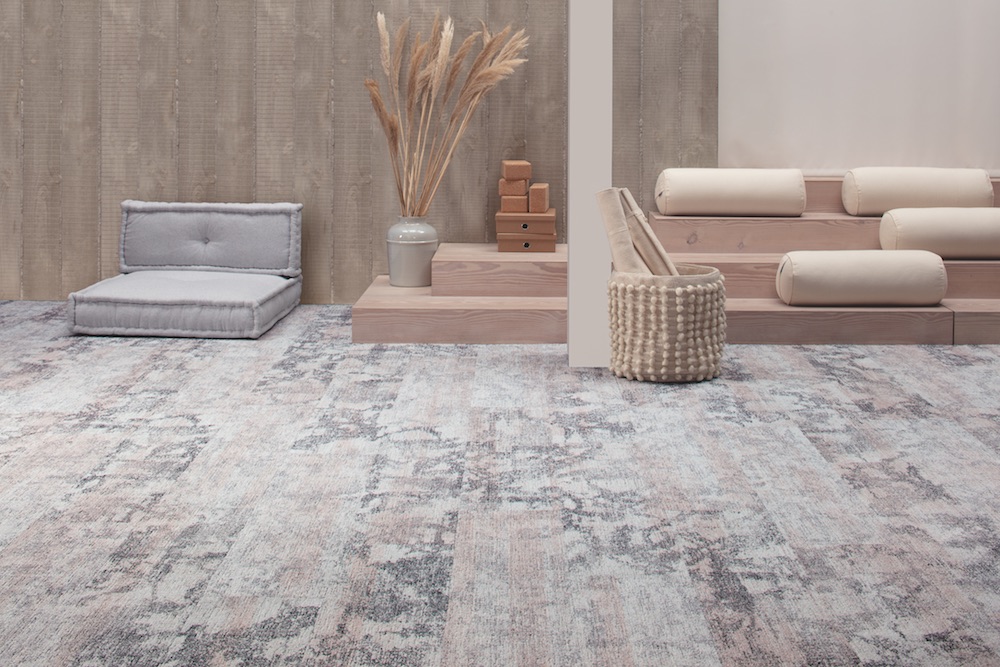
Image credit: Milliken
“The approach from Milliken around branding is wellbeing.” – Karen Burt, EMEA Strategic Accounts Director, Milliken.
HK: And actually, regardless of Covid-19, it is a clever way to channel the guest through their journeys using these methods. Karen and Kate, can you talk us through this technology that the Milliken brand shelters?
Karen Burt: Obviously, we would like to be part of that Instagram moment that you were discussing and I think the approach from Milliken around branding is wellbeing. We have taken the ideas from bioiphilic design and nature but also, in terms of our custom capabilities, we can produce custom design on a very small scale which is a result of the patterning techniques that we have. We have been seeing a real uptake in creative flooring – take the 25hours brand for example. We are able to support those hotels having a very bold design in some spaces together with a very tonal scheme in other areas of the hotel.
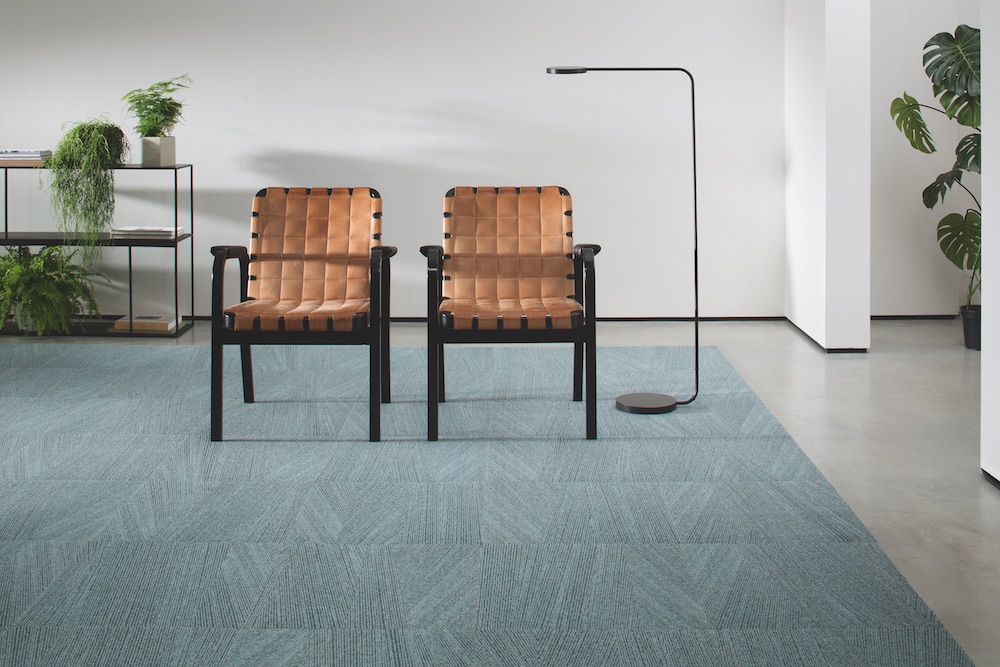
Image credit: Milliken
Kate Collier: In terms of wellness, the acoustics comes to play as well. We personally feel as we fit really nicely into this new era of lifestyle because of the flexibility and the global nature of our brand. In the US, we are now seeing our hospitality team introducing more modular design in public areas. We’re also able to be more creative in our ‘vision lab’ so that designers can use our tools to establish the right look for the right project.
HK: Many would argue that technology will have a new role post-pandemic. Will the ‘human touch’ be lost in lifestyle hospitality?
DP: There is a lot to say, but I just want to share one example. For me, technology has a role in lifestyle hospitality when technology helps to remove all the transactional aspects and helps to enhance the human contact. Technology can allow hospitality to be much more human.
SD: I also think we’re going to see the opposite. In New York, like the UK, outdoor dining is allowed and I can’t stand having to view the menu on my phone. I miss that human connection of someone handing me a menu! The backlash of all this is that people are going to want to have that connection once more. I admit that ‘checking in’ and ‘checking out’ is not necessary, but it’s a mistake not to have someone welcome guests in and out of the hotel.
IM: If you remove the conventional ‘check in’ desks, it gives us designers more space to design these lifestyle experiences.
RP: I think technology is a huge asset. Technology can remove a lot of the clerical tasks. I regularly check into some hotels where the staff know me and recognise my face from previous visits. Someone will always be there with a personal welcome. A project I am working on called Kings Mansion in Goe will have the lobby areas as a welcoming space, not be fussy in its design where service will set the tone for guests’ experience in the hotel. That to me is the blurring of lifestyle and luxury.

Image caption: A render of Kings Mansion in Goa, which is being designed by rED Architects
“We live in a global world. I think taking the best of two difficult cultures and mixing things together has a particular place in the lifestyle sector.” – Inge Moore, Founder, Muza Lab
HK: Will the lifestyle hotels of tomorrow shelter a fusion of cultures instead of a heavy sense of place that we see in traditional hotels in the luxury sector?
IM: We live in a global world. I think taking the best of two difficult cultures and mixing things together has a particular place in the lifestyle sector. We want to design spaces that complement the cultures and experiences.
DP: The mix in lifestyle is key. When this first started to appear in lifestyle hospitality, it was met with feelings of rejection. But soon it became apparent that this was a new style that worked well with what hospitality brands were trying to achieve in their look and feel.
JPP: We try to look at these things as a ‘collection’, which we are always adding to. If you were in your home you would not want it to feel purely Moroccan or Peruvian. Instead, you want there to be memories and special moments. That’s really important and I couldn’t agree more with Inge about hospitality design today being a global perspective.
HK: What pitfalls should designers avoid when creating lifestyle hospitality experiences?
DP: There are no rules in lifestyle – everything can work. It’s actually more about how you mix things together and how you create that tension. By opening possibilities, you will surprise everyone.
IM: You cannot be all things to all people. That’s how design is often diluted, but I think it’s important to appreciate that people can actually adapt to spaces.
GD: It’s maybe not giving too much, but not to overwhelm the consumer with too much information. We’ve all checked in to hotels where there are so many different colours, textures, trends all going on at once. It’s too much. Stay in your lane as a designer and remember who the target audience is you are coherently designing for.
- Image caption: Zannier Hotels Bãi San Hô, designed by Geraldine Dohogne
- Image credit: Tibod Hermy / Geraldine Dohogne Design
HK: What would you say are the most common demands from modern travellers in 2021?
IM: To feel and be part of a group. I also feel, largely because of the newly found flexibility around work, people will travel slower, which will allow you to go deeper into the culture you are visiting.
GD: I also think sustainability will be an important point – as has become already. But it will be deeper in its meaning and bringing old spaces back to life in a sustainable way.
RP: In India, people are also looking for better quality, locally sourced food. When your target audience is a global traveler, its critical you cater to these aspects. The 2021 and 2022 consumer will be looking for authentic hospitality housed in well-designed spaces. Gone are the days of the cookie-cutter approach in the lifestyle sector. I also believe that the emphasis will be on smaller curated experiences.
JPP: To travel! For us, more and more what we are finding is that guests are looking for special experiences. In the next five years, I believe there will be a lot of emphasis on new tourism destinations.
This virtual roundtable was held ahead of Hotel Designs LIVE (May 11, 2021), which also focused the editorial lens towards lifestyle. The full recording of the session entitled ‘A new era of lifestyle’ will be available on demand shortly..



